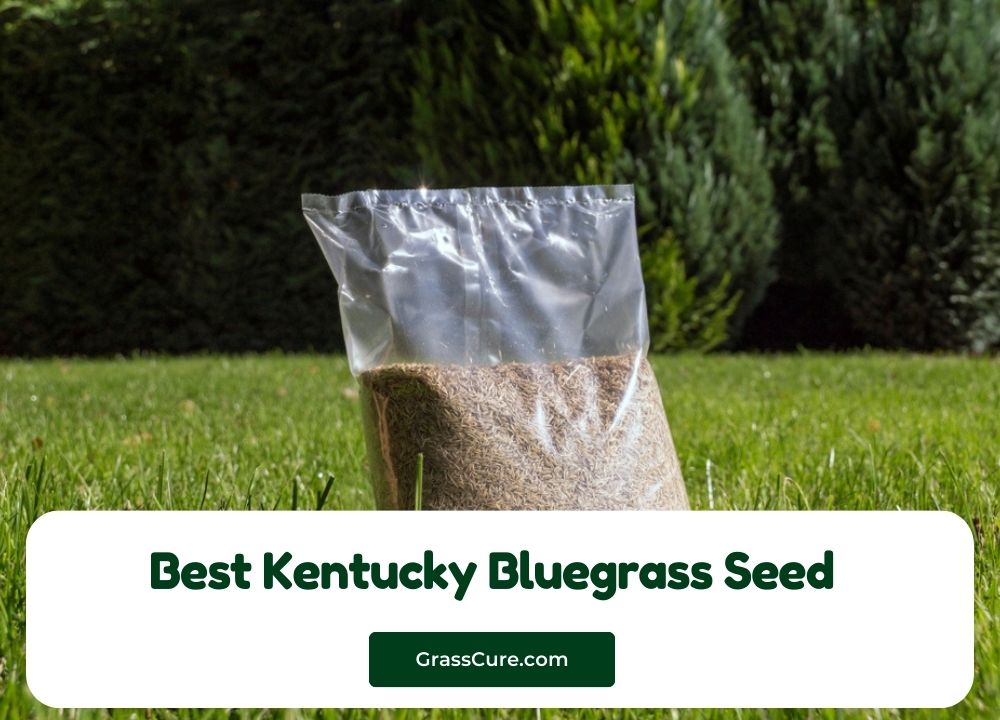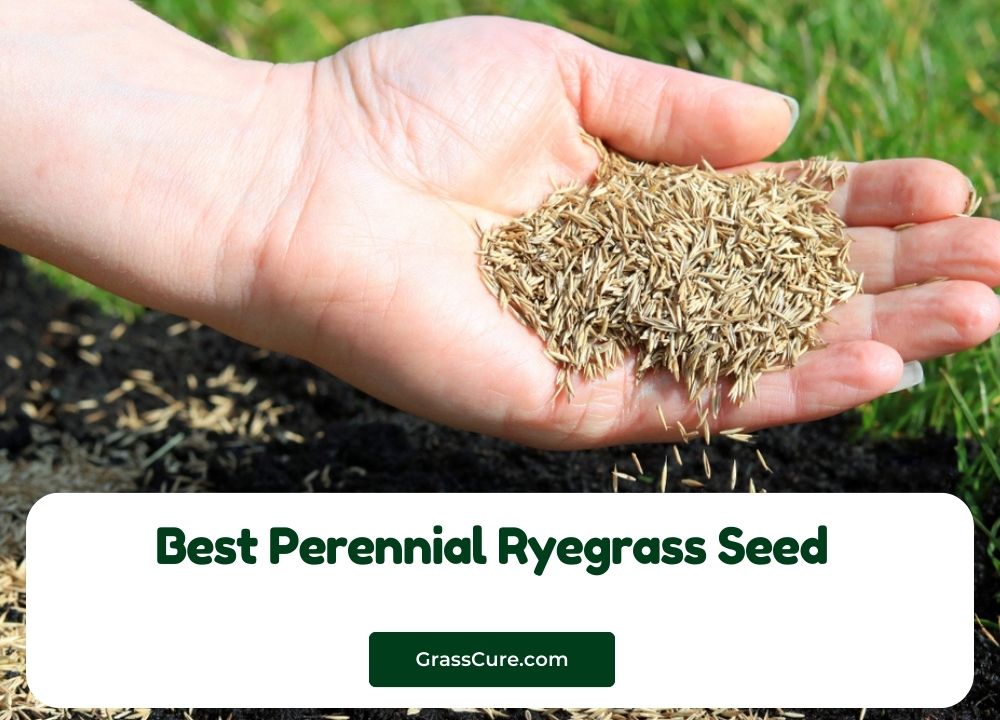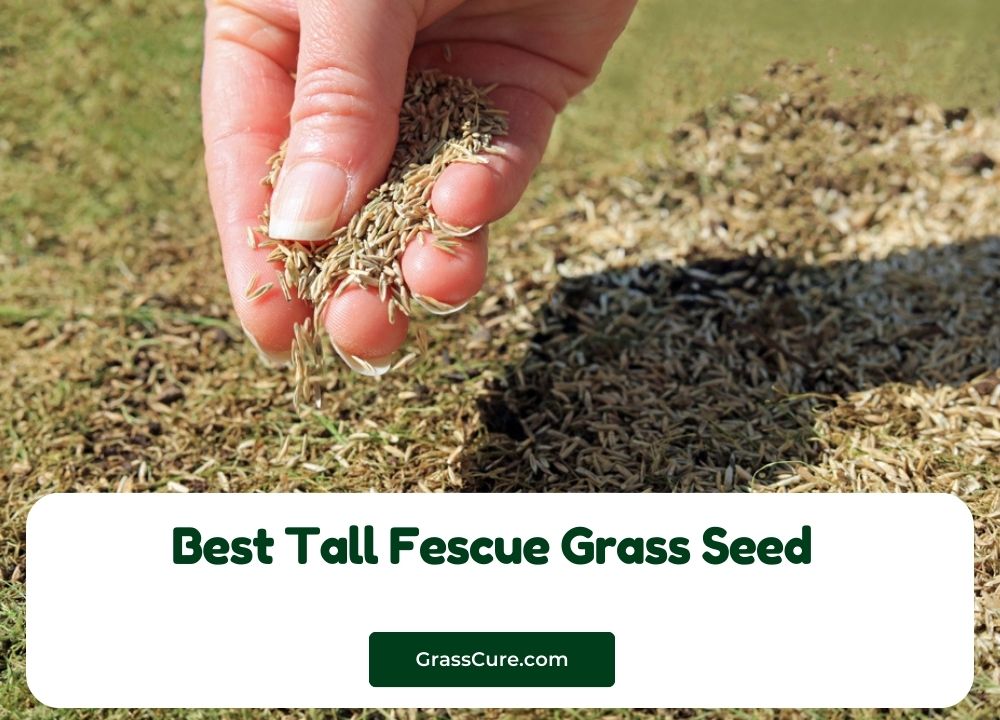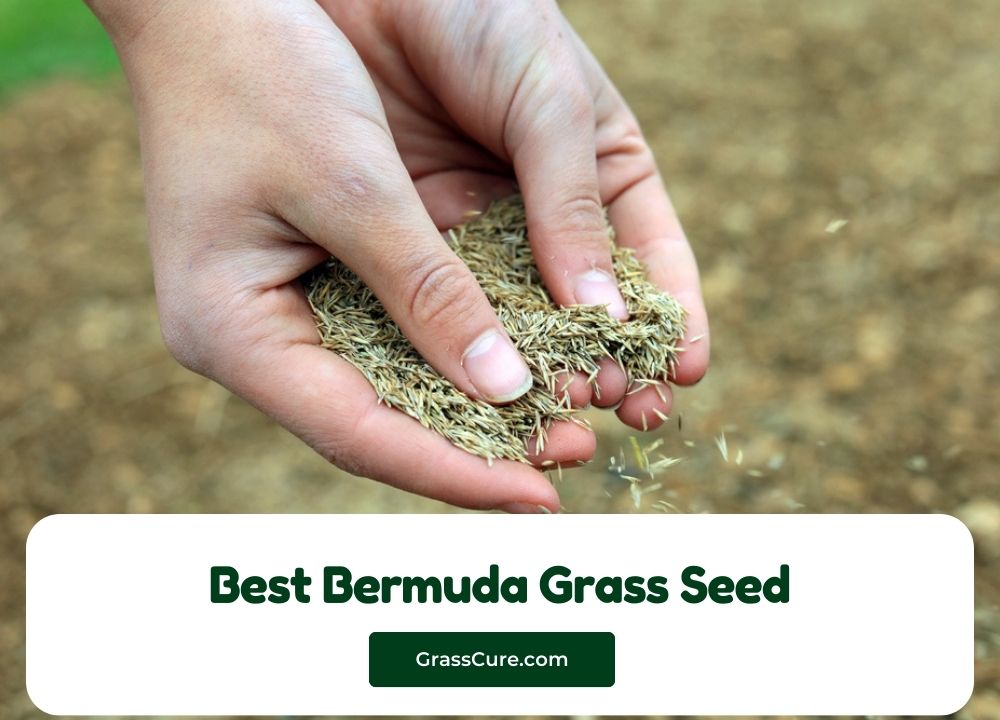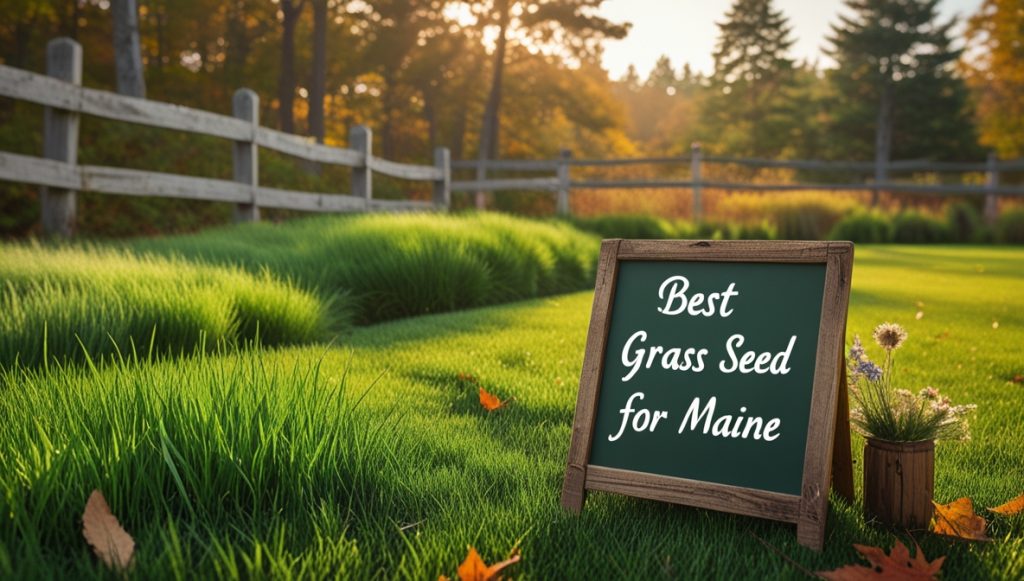Choosing the right grass seed can transform your Indiana lawn from drab to fab. A lush, healthy lawn not only enhances your home’s curb appeal but also provides a comfortable space for recreation and relaxation. This guide helps you navigate the options available and select the best grass seed for your Indiana landscape, ensuring a beautiful and thriving lawn for years to come.
Contents
- Choosing the Right Grass Seed for Indiana
- Understanding Indiana’s Climate & Soil
- Cool-Season vs. Warm-Season Grasses
- Popular Cool-Season Grass Options
- Kentucky Bluegrass: A Classic Choice
- Fine Fescue: Low-Maintenance Solution
- Tall Fescue: Drought Tolerance & Strength
- Ryegrass: Fast Germination & Quick Cover
- Blends: Combining Strengths for Success
- Preparing Your Soil for Optimal Growth
Choosing the Right Grass Seed for Indiana
Selecting the perfect grass seed for your Indiana lawn depends on several factors. Consider your lawn’s sun exposure (full sun, partial shade, or full shade), soil type (clay, loam, sandy), and desired level of maintenance. Furthermore, think about your personal preferences – do you prioritize a low-maintenance lawn or a lush, high-traffic area? Understanding these aspects will guide you towards the most suitable grass seed for your specific needs. By carefully considering these factors, you’ll set yourself up for lawn care success.
Understanding Indiana’s Climate & Soil
Indiana experiences a humid continental climate, characterized by hot, humid summers and cold, snowy winters. This diverse climate impacts grass growth significantly. Different regions within Indiana also have varying soil types, ranging from heavy clay soils to lighter sandy loams. Understanding your specific microclimate and soil composition is crucial for choosing grass seed that thrives in your unique conditions. This knowledge is the foundation for a healthy, vibrant lawn.
Cool-Season vs. Warm-Season Grasses
Indiana’s climate makes cool-season grasses the most suitable choice for most lawns. Cool-season grasses flourish in spring and fall, going dormant during the hot summer months. Conversely, warm-season grasses thrive during summer’s heat and go dormant in winter. Given Indiana’s extended periods of cooler temperatures, cool-season grasses offer better overall performance and visual appeal. Therefore, focusing on cool-season options is generally recommended for homeowners in Indiana.
Popular Cool-Season Grass Options
Several cool-season grasses are well-suited for Indiana lawns. These include Kentucky bluegrass, fine fescue, tall fescue, and ryegrass. Each offers a unique blend of characteristics, such as drought tolerance, shade tolerance, and wear resistance. The best choice depends on your specific needs and preferences, as discussed in the following sections. Let’s delve deeper into the individual characteristics of each popular option to help you make an informed decision.
Kentucky Bluegrass: A Classic Choice
Kentucky bluegrass is known for its deep green color and fine texture, creating a lush, carpet-like lawn. However, it requires more maintenance than some other options, needing regular fertilization and watering. It also prefers full sun and well-drained soil, and struggles in shady areas or poorly drained soil. Despite the higher maintenance, many homeowners appreciate the aesthetically pleasing results Kentucky bluegrass provides.
Fine Fescue: Low-Maintenance Solution
Fine fescue grasses are a popular choice for their low-maintenance requirements and excellent shade tolerance. These grasses are well-suited for shady areas where other grasses struggle to thrive. They require less fertilization and watering than Kentucky bluegrass, making them an ideal option for busy homeowners. However, fine fescue may not perform as well in high-traffic areas.
Tall Fescue: Drought Tolerance & Strength
Tall fescue is a robust and durable grass known for its exceptional drought tolerance and wear resistance. It’s a great option for high-traffic areas, such as play areas or walkways. Tall fescue also tolerates a wider range of soil conditions than Kentucky bluegrass and fine fescue. This makes it a versatile choice for various Indiana landscapes.
Ryegrass: Fast Germination & Quick Cover
Ryegrass is prized for its rapid germination and establishment, providing quick ground cover. It’s often used for overseeding existing lawns or establishing new lawns quickly. While it doesn’t have the longevity of other cool-season grasses, its fast growth makes it a valuable tool for temporary or transitional ground cover. It’s often used in blends to provide early establishment before other grasses fill in.
Blends: Combining Strengths for Success
Grass seed blends combine different species to leverage their individual strengths. For instance, a blend might combine Kentucky bluegrass for its aesthetic appeal with tall fescue for its durability. These blends often offer a more resilient and adaptable lawn than using a single grass type. Choosing a blend allows you to create a lawn that is both beautiful and robust, tailored to your specific site conditions.
Preparing Your Soil for Optimal Growth
Before planting, proper soil preparation is essential for successful lawn establishment. This involves testing your soil’s pH and nutrient levels. Amend the soil as needed to achieve optimal pH (around 6.0-6.5) and add organic matter to improve drainage and fertility. Proper soil preparation ensures your chosen {best grass seed for indiana} has the best possible chance to thrive, resulting in a healthy and vibrant lawn. This groundwork is crucial for long-term lawn health.
Choosing the best grass seed for your Indiana lawn involves understanding your local climate, soil conditions, and personal preferences. By carefully considering the various cool-season grass options and preparing your soil adequately, you can create a beautiful and thriving lawn that enhances your property’s value and enjoyment. Remember to select a grass type or blend that aligns with your sun exposure, soil type, and desired maintenance level for optimal results.

